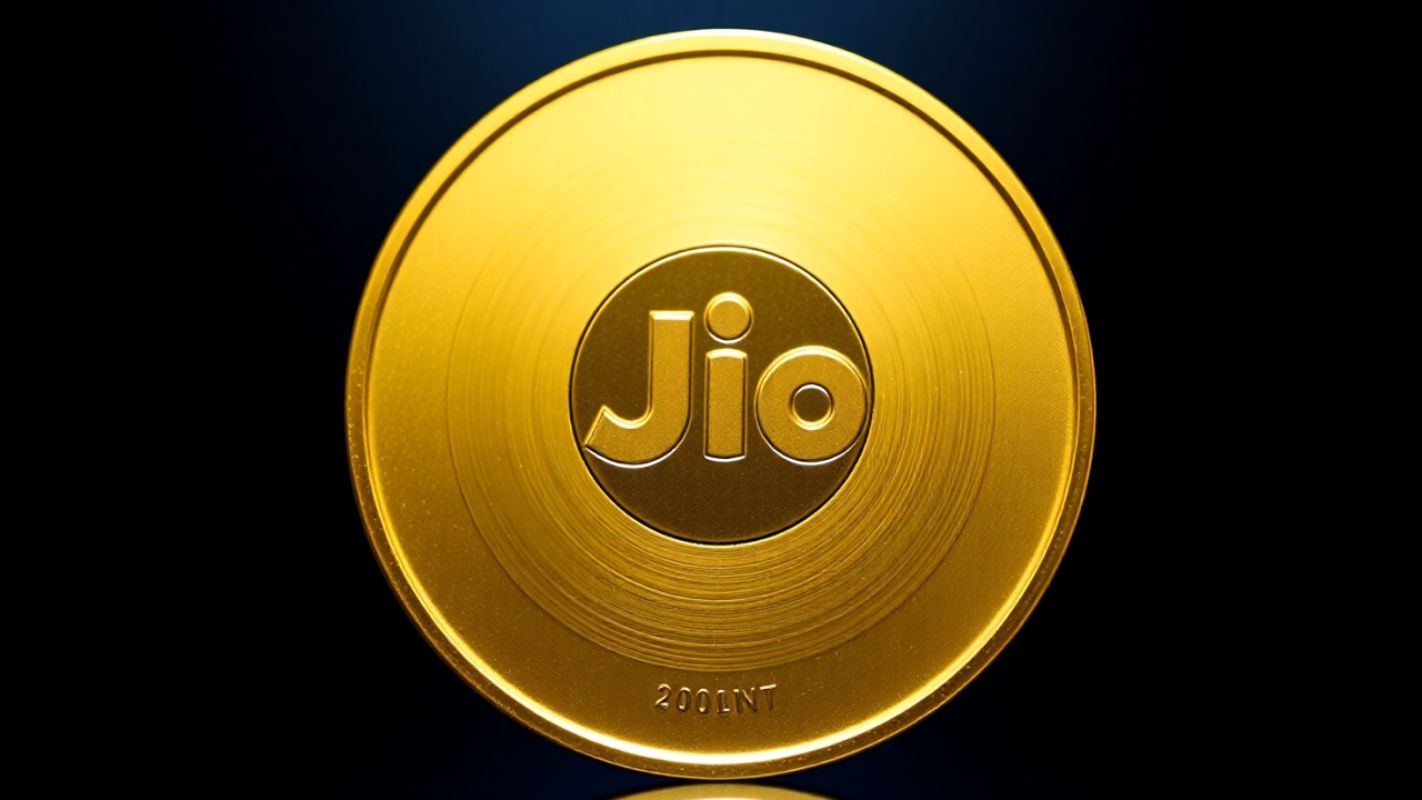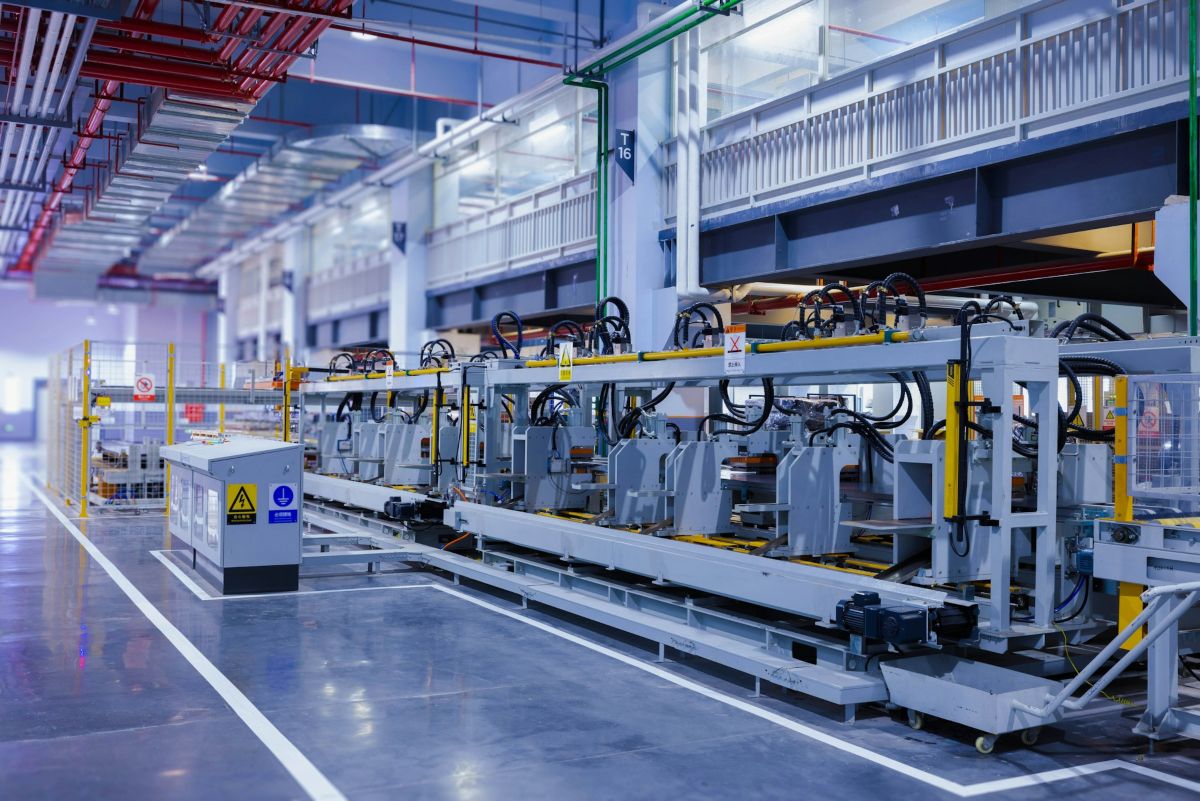KinderCare IPO: Stock price will be closely watched today as for-profit learning company makes long-delayed NYSE debut
At a time when the rising cost of childcare is a big topic of discussion in Washington politics, one company is betting that more investors will want a piece of the action on Wall Street. KinderCare Learning Companies, a for-profit provider of early-childhood education, or ECE, is finally making its long-awaited stock market debut. The Oregon-based company priced its stock at $24 a share on Tuesday, hitting the lower end of its target range of between $23 and $27 a share. It’s expected to list Wednesday on the New York Stock Exchange (NYSE) under the ticker symbol KLC. Here’s what to know about KinderCare and its IPO. What is KinderCare? Backed by private equity firm Partners Group, the company calls itself the “largest private provider of high-quality ECE in the United States by center capacity,” with a network of 1,500 learning centers and 900 before- and after-school sites around the country. It says it serves over 200,000 children from six weeks to 12 years of age. KinderCare has a long and rather convoluted history. It was founded in Montgomery, Alabama, in 1969, grew substantially over the next few decades as more families saw both parents working outside the home. Then, it ran into some financial trouble and filed for Chapter 11 bankruptcy protection in 1992. KinderCare went through a series of business transformations in the 2010s under then-CEO Tom Wyatt, who recently handed the reins to current CEO Paul Thompson. Partners Group, its largest shareholder, took control of the company in 2015. Why does this IPO sound familiar? KinderCare had attempted to go public in 2021. It ended up postponing the effort later that year due to what it described as “regulatory delays outside of our control.” Is KinderCare profitable? Very much so. According to its S-1 filing with the Securities and Exchange Commission (SEC), the company earned net income of $102.6 million on $2.5 billion in revenue during its 2023 fiscal year. Its “same-center” revenue for that year increased by $318.8 million, or almost 16% compared to fiscal 2022. That’s more than you can say for a lot of tech-focused startups that IPO while still operating at a loss. Be warned, though, that KinderCare acknowledges many risks to its business model that could impact its future profitability, including its debt and lease obligations, and future compliance hurdles in the education and childcare sectors, which are heavily regulated. What else is there to know? KinderCare’s IPO will test investor appetite for stocks related to childcare and private education services, two sectors that have been growing. One of KinderCare’s competitors, Bright Horizons (NYSE: BFAM), has seen its shares rise more than 48% so far this year. Wall Street will be watching KLC shares closely to see what happens later today when they make their debut. KinderCare’s IPO is being led by Goldman Sachs & Co., Morgan Stanley, Barclays, and J.P. Morgan.

At a time when the rising cost of childcare is a big topic of discussion in Washington politics, one company is betting that more investors will want a piece of the action on Wall Street.
KinderCare Learning Companies, a for-profit provider of early-childhood education, or ECE, is finally making its long-awaited stock market debut. The Oregon-based company priced its stock at $24 a share on Tuesday, hitting the lower end of its target range of between $23 and $27 a share. It’s expected to list Wednesday on the New York Stock Exchange (NYSE) under the ticker symbol KLC. Here’s what to know about KinderCare and its IPO.
What is KinderCare?
Backed by private equity firm Partners Group, the company calls itself the “largest private provider of high-quality ECE in the United States by center capacity,” with a network of 1,500 learning centers and 900 before- and after-school sites around the country. It says it serves over 200,000 children from six weeks to 12 years of age.
KinderCare has a long and rather convoluted history. It was founded in Montgomery, Alabama, in 1969, grew substantially over the next few decades as more families saw both parents working outside the home. Then, it ran into some financial trouble and filed for Chapter 11 bankruptcy protection in 1992.
KinderCare went through a series of business transformations in the 2010s under then-CEO Tom Wyatt, who recently handed the reins to current CEO Paul Thompson. Partners Group, its largest shareholder, took control of the company in 2015.
Why does this IPO sound familiar?
KinderCare had attempted to go public in 2021. It ended up postponing the effort later that year due to what it described as “regulatory delays outside of our control.”
Is KinderCare profitable?
Very much so. According to its S-1 filing with the Securities and Exchange Commission (SEC), the company earned net income of $102.6 million on $2.5 billion in revenue during its 2023 fiscal year. Its “same-center” revenue for that year increased by $318.8 million, or almost 16% compared to fiscal 2022. That’s more than you can say for a lot of tech-focused startups that IPO while still operating at a loss.
Be warned, though, that KinderCare acknowledges many risks to its business model that could impact its future profitability, including its debt and lease obligations, and future compliance hurdles in the education and childcare sectors, which are heavily regulated.
What else is there to know?
KinderCare’s IPO will test investor appetite for stocks related to childcare and private education services, two sectors that have been growing. One of KinderCare’s competitors, Bright Horizons (NYSE: BFAM), has seen its shares rise more than 48% so far this year. Wall Street will be watching KLC shares closely to see what happens later today when they make their debut.
KinderCare’s IPO is being led by Goldman Sachs & Co., Morgan Stanley, Barclays, and J.P. Morgan.






















